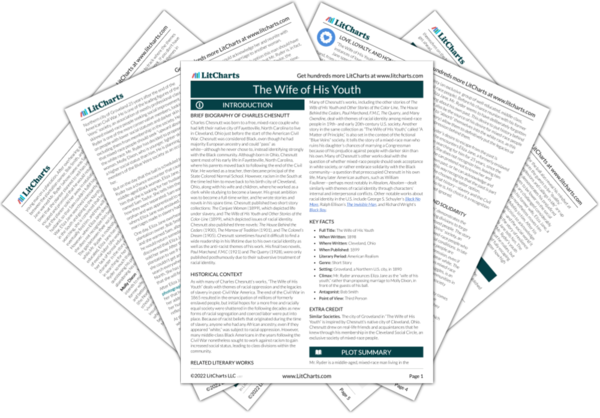Mr. Ryder poses the key dilemma that Eliza Jane’s visit confronted him with—the question of whether to acknowledge her as his former wife, even though doing so would mean completely reordering his identity and life plans. This is the point where the audience realizes, beyond doubt, that Mr. Ryder is, in fact, the same person as Sam Taylor. His imagined scenario was not imaginary at all, but rather his own personal history. In asking what they would have done before revealing his decision, Mr. Ryder in a sense poses the same dilemma to them: whether to embrace solidarity over self-advancement, and whether to confront the past or ignore it. The interaction between Mr. Ryder and Molly Dixon hints that Mr. Ryder is giving up his plans for marriage to Molly in order to honor his commitment to Eliza Jane. The fact that the rest of the audience agrees that he should have acknowledged his former wife shows that they, too, understand the importance of honor and solidarity with others, rather than simply pursuing their own advancement.
